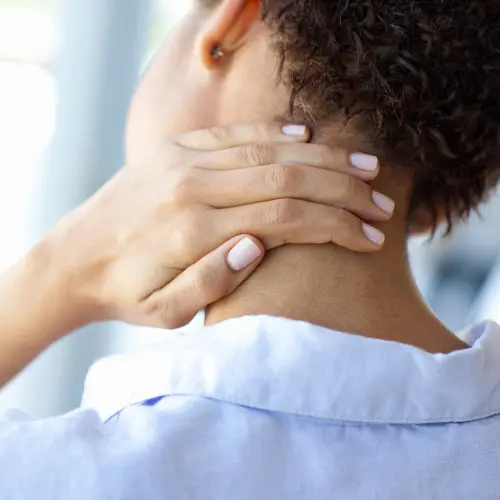You’re likely to walk more than 100,000 miles over the course of your lifetime. That’s like circling the earth four times at the equator. But as important as your feet are, it’s all too easy to neglect them -- until they start to hurt.
You can take some steps to avoid getting foot pain, though. Here are seven ways to support your feet, so they will continue to support you.
1. Stay at a Healthy Weight
Your feet bear the weight of your entire body, and the more weight they support, the harder they need to work.
“The best way to prevent foot pain is to keep your weight down,” says Paul Talusan, MD, clinical assistant professor of orthopaedic surgery at the University of Michigan.
You don't have to carry a lot of extra weight to feel an impact on your feet and ankles. As little as 20 pounds can change the way your foot functions, increase the force on your feet, and trigger pain.
If foot pain is keeping you from exercising as part of your weight-loss efforts, try a low-impact sport like swimming.
2. Boost Your Flexibility
Your calf muscles may tighten as you get older, which puts more stress on the balls of your feet.
“Stretching your calves on a regular basis can go a long way toward preventing foot pain,” Talusan says.
He recommends the following stretch at least three times a day:
- Stand with your toes on a step and your heels off the edge.
- Slowly lower your heels down and hold for 10 seconds before lifting your heels to the starting position.
- Repeat five to 10 times. Don't force your heel farther than it wants to go. If the movement is too much for both feet at once, do one foot at a time.
3. Kick Your High-Heel Habit
Heels might upgrade your outfit, but they can wreak havoc on your feet. One study found that it takes just 1 hour and 6 minutes of wearing them for the pain to kick in.
“Squeezing your feet into pointy-toed heels can lead to a laundry list of ailments, from ingrown toenails, bunions, and blisters, to shortened calf muscles, back pain, and deformed toes,” says Talusan. “I strongly recommend that women not wear them.”
4. Wear Shoes That Fit
When was the last time you had your feet measured? If it was more than 2 years ago, there’s a good chance you’re wearing the wrong size shoe.
“Some people have been wearing the same size shoe for the past 30 years, because that was the last time they had their feet measured,” says Jane Andersen, DPM, a podiatrist in Chapel Hill, N.C.
Feet change shape as you age, and tight-fitting footwear can lead to heel pain, deformed toes, bunions, corns, calluses, ingrown toenails, and a host of other painful problems.
“Unless you’ve bought the exact pair before, don’t get your shoes over the Internet,” Talusan says. Instead, go to a store with knowledgeable salespeople and have them measure your feet. Keep the following tips in mind:
- Since it’s common to have feet of different sizes, be sure to have both feet measured and fit to the larger of the two.
- There should be about half an inch of wiggle room between your longest toe and the shoe.
- Shop for shoes in the afternoon, since your feet swell over the course of the day. And wear the socks you’d normally use with that type of shoe.
5. Sit Down During Breaks
Sitting all day is bad for your health, but standing all day isn’t so great either.
“Ideally, some combination of sitting and standing is best,” Talusan says.
If you need to be on your feet most of the day for your job, do your feet a favor and take a load off during breaks. Resist the urge to run errands during lunch, and opt for a seated meal instead.
6. Don’t Cut Corners When Trimming Toenails
A major source of foot pain is ingrown toenails, which happen when the edge of your nail grows into the skin around the toe. The best way to prevent this is to cut your toenails straight across with clean, sharp nail scissors. Don’t round the corners to match the shape of your toe.
7. Stay Hydrated
A foot cramp can come on suddenly and be very painful. “Several things can cause [it], including dehydration or a dietary imbalance,” Andersen says.
Be sure to drink plenty of fluids, especially when exercising.
Cramping can also be caused by a lack of potassium, so eat foods like bananas or spinach.

